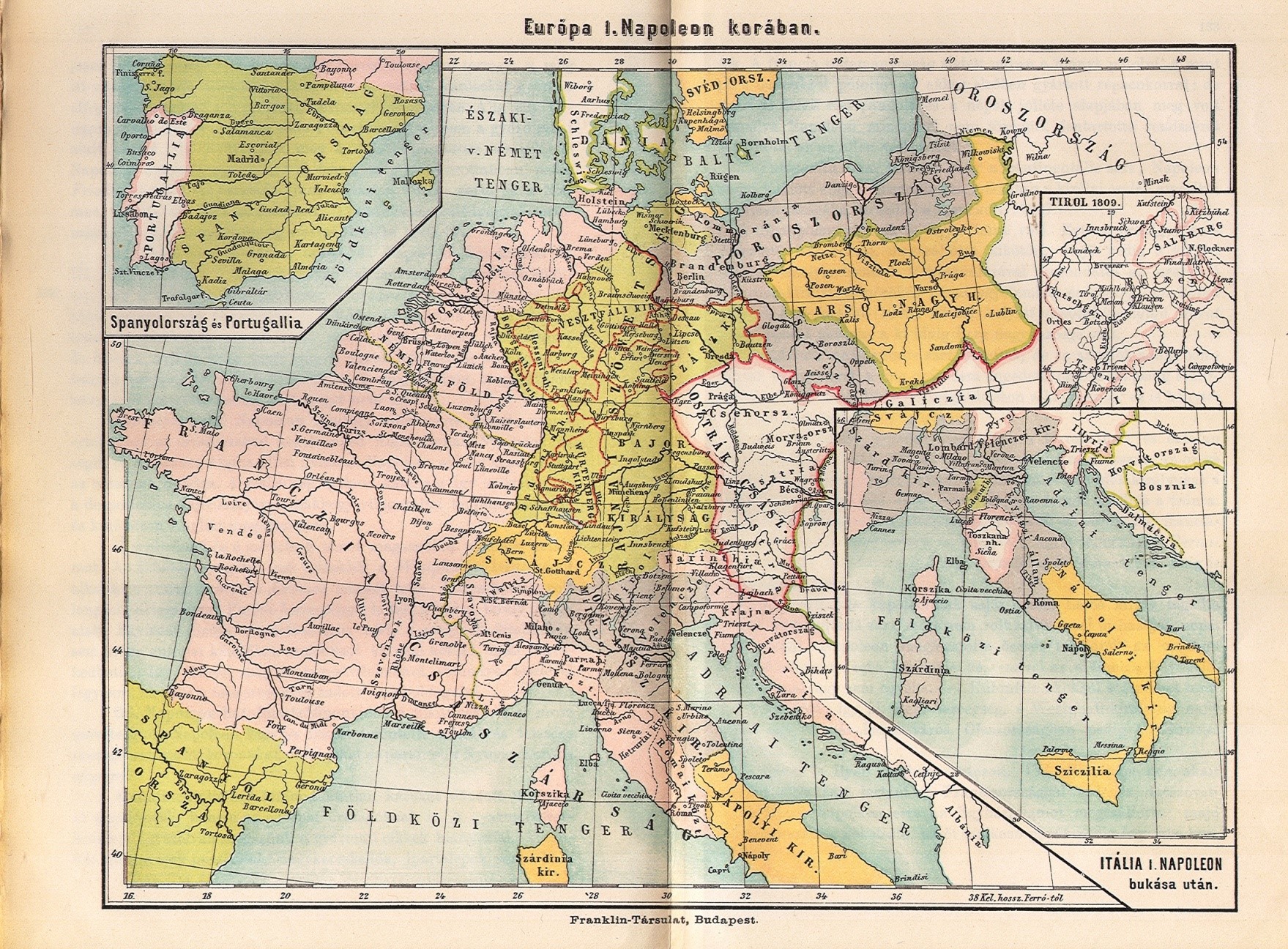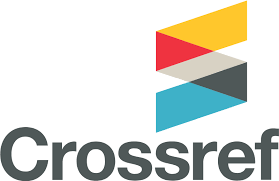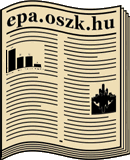A tankönyvi illusztrációk helye és szerepe a dualizmus kori hazai történelemtankönyvekben
DOI:
https://doi.org/10.15170/PAAA.2019.06.01.05Kulcsszavak:
ikonográfia, oktatás- és neveléstörténet, történelemoktatás, tankönyvelemzés, Osztrák-Magyar MonarchiaAbsztrakt
The illustrations were integral part of textbooks in Hungary at the time of the Austro- Hungarian Empire. In the framework of this study, based on this claim, we bring to light the illustrations (pictorial, graphic, cartographic, and textual illustrations) of history textbooks for the Hungarian Secondary Schools at the time of the Austro-Hungarian Empire. In the course of research on textbook illustrations we attempt to type them, determine their quantitative and qualitative parameters, as well as chart the functions of history textbook illustrations. The research focuses only universal history textbooks, which used to teach modern history from 1648 to ‘present’. In this study, we review the findings of Hungarian (published) researches on textbook illustrations, the requirements of the regulations on (history) textbooks, and curriculums for secondary schools in the observed period. The black and white pictures, chronological charts, black and white and colour maps were presented in the analysed history textbooks from the 1870s and they became common in textbooks from the 1890s. The illustrations connected with the texts of textbooks but they had chiefly emotive role in the history textbooks in the observed period.
Letöltések
Hivatkozások
Bartos Károly: Történelemtankönyvek és taneszközök a dualizmus korában. In: Történelempedagógiai Füzetek 7. Sorozatszerk. Szabolcs Ottó. Budapest, 2000. 65–92.
Csorba Csaba: Történelemtankönyveink képei. Iskolakultúra 5. (1995):11–12. 70–74.
Dárdai Ágnes: A tankönyvkutatás alapjai. Budapest–Pécs, 2002.
Farkas György: A tankönyvek esztétikumának pedagógiai funkciója. Pedagógiai Szemle 15. (1965):6. 526–530.
Fischerné Dárdai Ágnes: Ikonológiai és ikonográfiai szempontok a tankönyvi képek megítéléséhez. In: Ünnepi tanulmányok Móró Mária Anna tiszteletére. Szerk. Kokovai Szabina – Pohánka Éva. Pécs, 2009. 95–107.
Fischerné Dárdai Ágnes – Kojanitz László: A tankönyvek változásai az 1970-es évektől napjainkig. Új Pedagógiai Szemle 57. (2007):1. 56–69.
Juhász Antal: A tankönyv-illusztráció néhány didaktikai kérdése. Rajztanítás 11. (1969):4–5. 1–12.
Kojanitz László: Szakiskolai tankönyvek összehasonlító vizsgálata III. Illusztrációk. Új Pedagógiai Szemle 53. (2003):11. 77–83.
Mészáros István: A tankönyvkiadás története Magyarországon. Budapest–Dabas, 1989.
Mikk, J.: Textbook: Research and Writing. Frankfurt am Main, 2000.
Molnár-Kovács Zsófia: A tankönyvi illusztráció-kutatás historiográfiája. In: Iskola a társadalmi térben és időben 2011–2012. I. kötet. Szerk. Andl Helga – Molnár-Kovács Zsófia. Pécs, 2013. 147–155.
Molnár-Kovács Zsófia: A tankönyvkiadás állami keretei a dualizmus korában. In: Perspektívák a neveléstudományban. Válogatás a Pécsi Tudományegyetem „Oktatás és Társadalom” Neveléstudományi Doktori Iskola kutatóinak írásaiból 2012. Szerk. Benedek Dániel – Vadász Viola. Pécs, 2013. 108–120.
Molnár-Kovács Zsófia: Az egyetemes történelem tantervi interpretációja. Az egyetemes történelem a dualizmus kori magyar középiskolai tantervekben. In: Pedagógia – Oktatás – Könyvtár. Ünnepi tanulmányok F. Dárdai Ágnes tiszteletére. Szerk. Csóka-Jaksa Helga – Schmelczer-Pohánka Éva – Szeberényi Gábor. Pécs, 2014. 215–230. (A Pécsi Egyetemi Könyvtár kiadványai 12)
Molnár-Kovács Zsófia: A dualizmus kori magyar középiskolai történelemtankönyvek Európa-képe kortörténeti, iskolatörténeti, tankönyvtörténeti kontextusban. Doktori (PhD) értekezés. Pécs, 2015.
Szabolcs Ottó: A történelem képi forrásainak iskolai felhasználásáról. Történelemtanítás (1980):1. 1–5.
Tóth Béla: Szöveg és kép az olvasókönyvekben. Budapest, 1974. (Pedagógiai-pszichológiai kísérletek)
Závodszky Géza: Néhány szempont a tankönyvi kép tervezéséhez és kritikájához. In: Tankönyvelméleti tanulmányok. Szerk. Karlovitz János. Budapest, 1986. 50–68.

Downloads
Megjelent
Hogyan kell idézni
Folyóirat szám
Rovat
License

This work is licensed under a Creative Commons Attribution-NonCommercial-NoDerivatives 4.0 International License.










